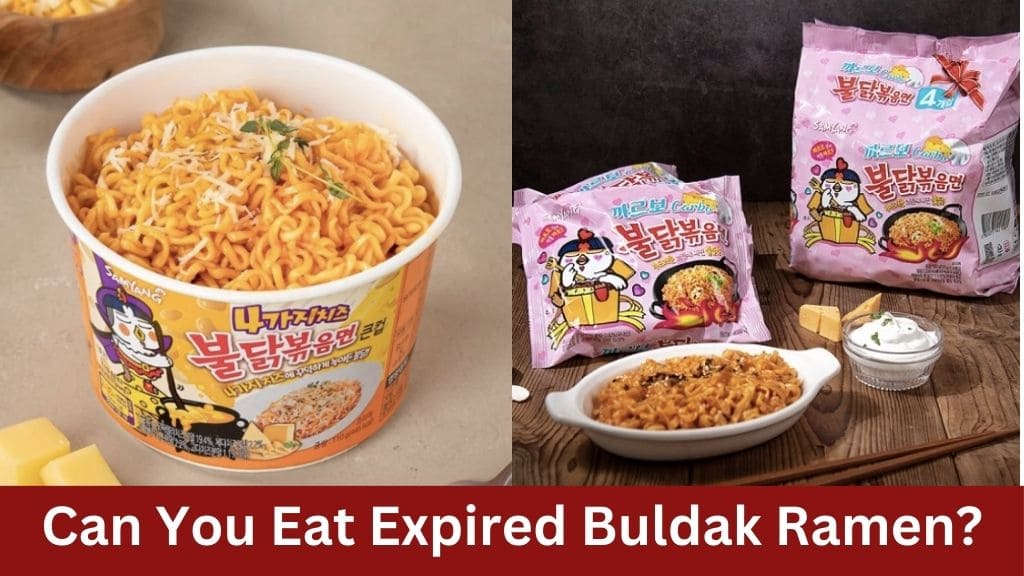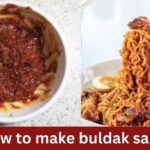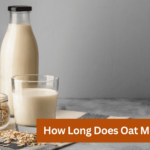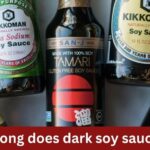Instant noodles have become a staple in many households around the world due to their convenience, affordability, and variety of flavors. Among the myriad of options available, Buldak ramen stands out for its fiery spice and bold flavor. However, as with any food product, questions arise about its safety and edibility, particularly when it comes to expiration dates. In this comprehensive guide, we delve into the question: Can you eat expired Buldak ramen?
Understanding Buldak Ramen

What is Buldak Ramen?
Buldak ramen, also known as hot chicken flavor ramen or buldak bokkeum myeon, is a popular instant noodle dish made by Samyang, a renowned brand in South Korea. These noodles are characterized by their intense spiciness and savory flavor, making them a favorite among spice enthusiasts and noodle lovers alike.
Varieties of Buldak Ramen
Buldak ramen comes in a variety of flavors, each offering a different level of heat and distinct taste. Some of the popular flavors include:
- 2x Spicy Hot Chicken Flavor
- Stew Type Hot Chicken Flavor
- Ice Type Hot Chicken Flavor
- Curry Hot Chicken Flavor
- Mala Hot Chicken Flavor
- Buldak Ramen Mala Hot Chicken Flavor
- Cheese Hot Chicken Flavor
- Jjajang Hot Chicken Flavor
Expiration Date and Shelf Life
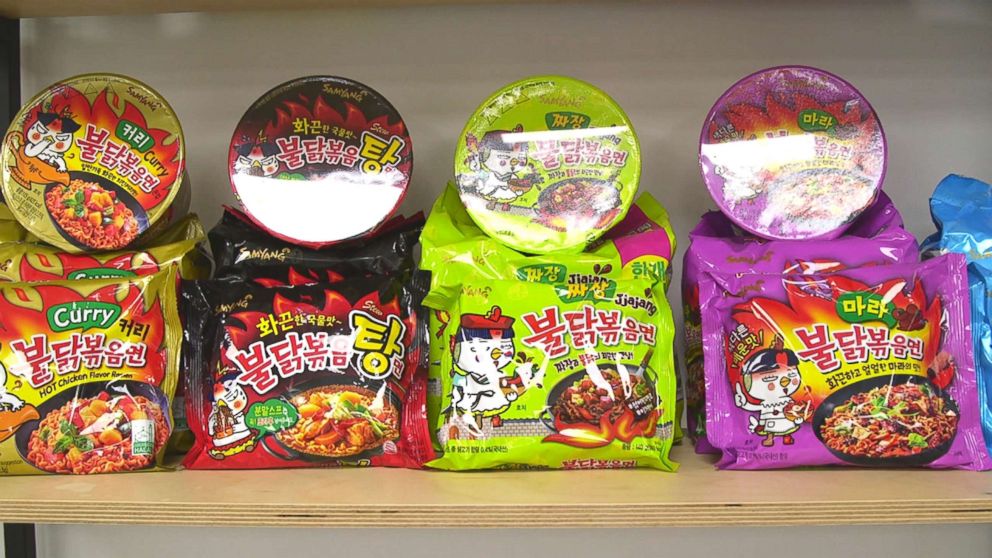
Understanding Expiration Date Discrepancies
The variation in expiration dates between Buldak ramen sold in domestic and international markets arises from several factors, primarily related to distribution and regulatory standards.
- Domestic Market: In South Korea, where Buldak ramen is produced, the local market typically adheres to shorter expiration periods, with products often labeled with a shelf life of six months. This timeframe is based on regulatory requirements and consumer expectations within the country.
- International Markets: In contrast, Buldak ramen exported to international markets undergoes a more extensive distribution process, involving long-distance transportation, customs clearance, and compliance with diverse regulatory standards. To accommodate these factors and ensure product quality upon arrival, manufacturers like Samyang Foods extend the expiration period for exported ramen to one year in many countries. This longer shelf life accounts for the additional time required for transportation, storage, and distribution across various regions.
Factors Influencing Shelf Life Extension
The prolonged shelf life of Buldak ramen in international markets can be attributed to several key factors, which collectively contribute to maintaining the product’s quality and safety over an extended period.
- Antioxidant Ingredients: To mitigate the effects of prolonged transportation and storage, manufacturers incorporate antioxidant ingredients into Buldak ramen destined for international markets. These additives help preserve the product’s freshness and prevent oxidative deterioration, thereby extending its shelf life.
- Low Moisture Content: Buldak ramen noodles are manufactured with a low moisture content, typically ranging from three to six percent. This minimal moisture content inhibits the growth of spoilage microorganisms, such as bacteria and mold, thereby prolonging the product’s shelf life. By minimizing water activity within the noodles, manufacturers effectively reduce the risk of microbial contamination and spoilage during storage and distribution.
- Vitamin E Content: Another contributing factor to the extended shelf life of Buldak ramen is its significant Vitamin E content. Vitamin E acts as a natural antioxidant, protecting the noodles from oxidative damage and rancidity. By preventing lipid oxidation and maintaining the integrity of the noodle structure, Vitamin E helps preserve the product’s quality and freshness over time.
Implications for Consumers
For consumers, understanding the nuances of expiration dates and shelf life extensions can inform purchasing decisions and storage practices. While domestically sold Buldak ramen may have a shorter shelf life, products destined for international markets are designed to maintain quality and safety over a more extended period. However, regardless of the stated expiration date, proper storage and handling remain crucial for preserving the freshness and edibility of Buldak ramen.
By adhering to recommended storage guidelines, such as storing the noodles in a cool, dry place away from moisture and direct sunlight, consumers can maximize the shelf life of their favorite instant noodles. Additionally, paying attention to visual indicators of spoilage, such as mold growth or changes in texture and appearance, can help identify expired or compromised products, ensuring food safety and enjoyment.
Signs of Spoilage
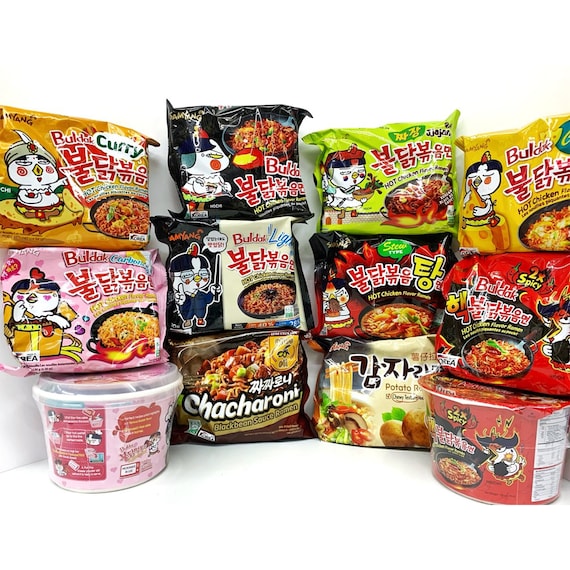
Visual Indicators
Visual cues are often the first indicators of spoilage in Buldak ramen. Pay attention to the appearance of the noodles and their packaging for signs of deterioration, including:
- Mold Growth: The presence of mold or mildew, visible as fuzzy or discolored patches on the noodles or within the packaging, is a clear sign of spoilage. Mold growth indicates microbial contamination and renders the product unsafe for consumption.
- Discoloration: Examine the noodles for any changes in color, texture, or appearance. Spoiled Buldak ramen may exhibit abnormal discoloration, such as dark spots or off-color patches, which signal deterioration and potential microbial growth.
Olfactory Cues
The sense of smell is a powerful tool for detecting spoilage in food products, including Buldak ramen. When assessing the noodles, pay attention to the aroma emanating from the packaging. Spoiled ramen often emits a foul or unpleasant odor, indicative of bacterial or fungal growth. If the noodles have an off-putting smell, it’s best to discard them immediately to avoid potential health risks.
Taste and Texture
Spoiled Buldak ramen may exhibit changes in taste and texture that are readily perceptible upon consumption. When sampling the noodles, be mindful of any unusual flavors or textures that deviate from the product’s typical characteristics. Spoiled ramen may taste stale, rancid, or sour, with an unpleasant aftertaste that lingers on the palate. Additionally, the texture of spoiled noodles may be mushy, slimy, or gritty, indicating microbial decomposition and spoilage.
Safety Considerations
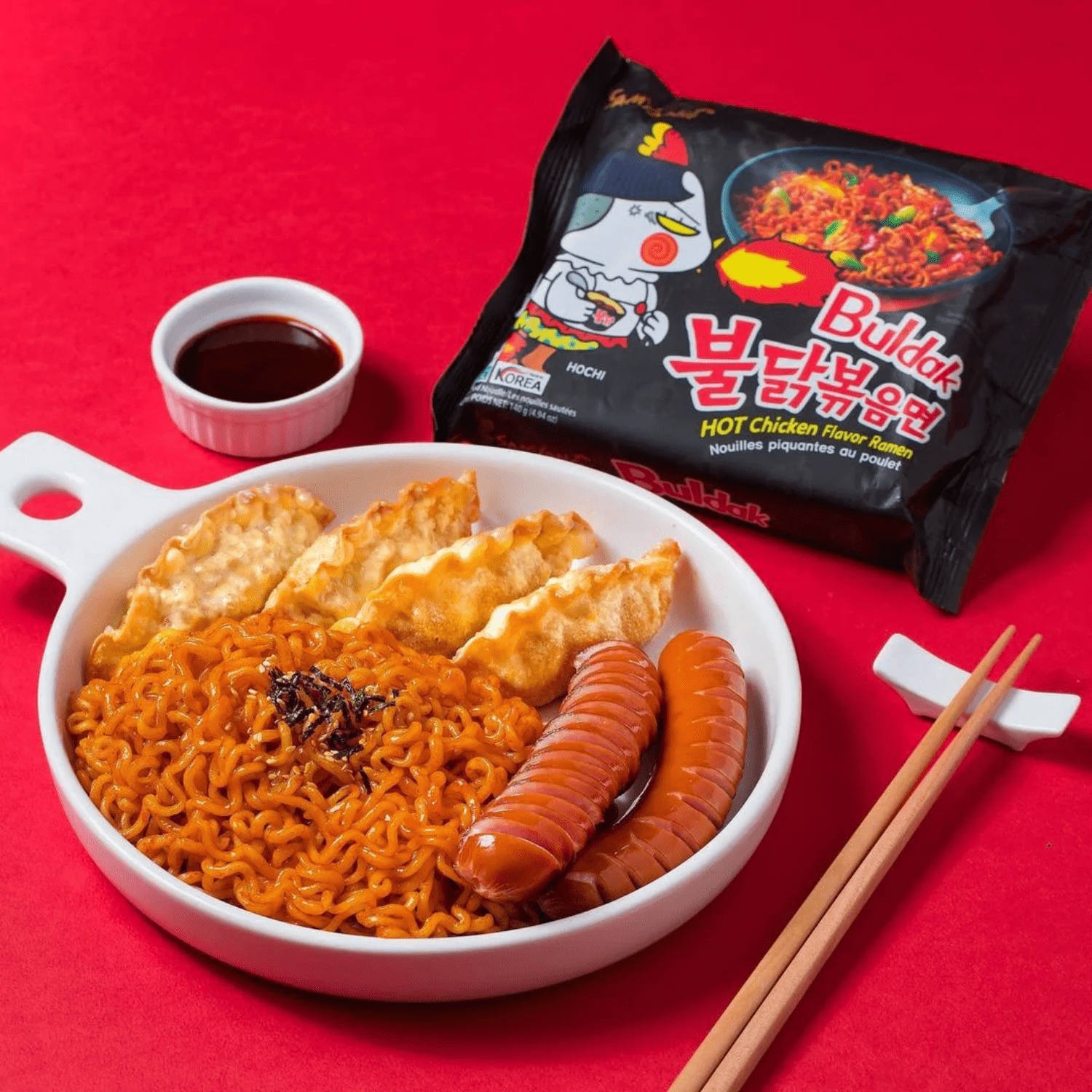
Foodborne Illness
Consuming spoiled or expired Buldak ramen poses significant risks to your health due to potential contamination with harmful bacteria, toxins, or pathogens. Spoiled noodles may harbor bacteria such as Salmonella, Escherichia coli (E. coli), or Staphylococcus aureus, which can cause foodborne illness or gastrointestinal infections. These pathogens thrive in conditions conducive to microbial growth, such as warm temperatures, high humidity, and nutrient-rich environments. When consumed, contaminated Buldak ramen can lead to symptoms such as nausea, vomiting, diarrhea, abdominal cramps, fever, and dehydration, posing a serious health risk, particularly to vulnerable populations such as children, the elderly, pregnant women, and individuals with compromised immune systems.
Allergic Reactions
In addition to microbial contamination, expired or spoiled Buldak ramen may also pose risks to individuals with food allergies or sensitivities. Ingredients commonly found in instant noodles, such as wheat, soy, and gluten, can trigger allergic reactions or adverse food-related symptoms in susceptible individuals. Even if the noodles themselves are not visibly spoiled, cross-contamination or ingredient degradation may occur during storage, leading to unintended exposure to allergens. Individuals with known food allergies or sensitivities should exercise caution when consuming expired or questionable food products and carefully read ingredient labels to avoid potential allergic reactions or adverse health effects.
Risk Mitigation Strategies
To minimize the risk of foodborne illness and allergic reactions when consuming Buldak ramen, consider the following risk mitigation strategies:
- Visual Inspection: Thoroughly inspect the noodles and their packaging for any signs of spoilage, including mold growth, discoloration, or unusual texture. If the noodles appear spoiled or compromised in any way, discard them immediately to prevent potential health risks.
- Smell Test: Use your sense of smell to detect any off-putting odors emanating from the noodles. Spoiled ramen may emit foul or unpleasant smells indicative of bacterial or fungal contamination. If the noodles have a strong, disagreeable odor, it’s best to err on the side of caution and avoid consuming them.
- Taste with Caution: If you choose to taste expired or questionable Buldak ramen, do so with caution and pay attention to any unusual flavors or textures. Trust your instincts and refrain from consuming noodles that taste or feel abnormal, as they may pose health risks.
- Discard Expired Products: When in doubt, it’s always safer to discard expired or questionable food products rather than risk potential foodborne illness or allergic reactions. Prioritize your health and well-being by disposing of any noodles that show signs of spoilage or expiration.
Proper Storage
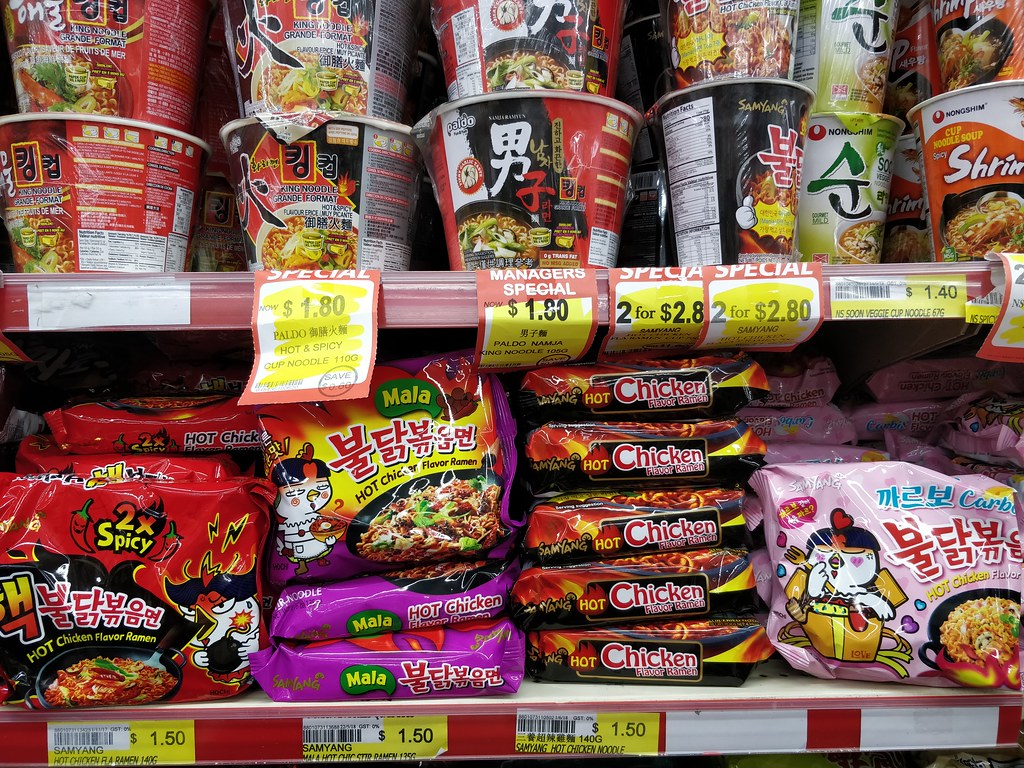
Importance of Proper Storage
Proper storage is essential for preserving the freshness, quality, and safety of Buldak ramen. By following recommended storage guidelines, you can minimize the risk of spoilage, microbial contamination, and deterioration, ensuring that your noodles remain safe and enjoyable to consume.
Ideal Storage Conditions
To maintain the integrity of Buldak ramen and extend its shelf life, store the noodles in a cool, dry environment away from sources of heat, moisture, and light. Ideal storage conditions include:
- Cool Temperature: Store the noodles in a cool area with stable temperatures, ideally between 50°F and 70°F (10°C to 21°C). Avoid exposing the noodles to temperature fluctuations or extreme heat, as high temperatures can accelerate spoilage and adversely affect product quality.
- Dry Environment: Keep the noodles in a dry environment with low humidity levels to prevent moisture absorption and mold growth. Moisture can promote bacterial and fungal growth, leading to spoilage and deterioration of the noodles.
- Airtight Packaging: Ensure that the noodles are stored in airtight packaging or containers to prevent exposure to air and moisture, which can compromise freshness and texture. Resealable plastic bags or containers with tight-fitting lids are suitable options for maintaining the quality of Buldak ramen during storage.
- Away from Light: Protect the noodles from exposure to direct sunlight or artificial light sources, as ultraviolet (UV) radiation can degrade the quality of the noodles and cause discoloration. Store the noodles in a dark or opaque container to shield them from light exposure.
Additional Storage Tips
In addition to maintaining optimal storage conditions, consider the following tips to prolong the shelf life of Buldak ramen and enhance its flavor and texture:
- Avoid Strong Odors: Store the noodles away from strong-smelling foods or household items to prevent flavor contamination. Buldak ramen can absorb odors from nearby sources, affecting its taste and aroma.
- Rotate Stock: Practice first-in, first-out (FIFO) rotation to ensure that older packets of Buldak ramen are used before newer ones. Rotate your stock regularly to prevent expired or forgotten noodles from accumulating and going to waste.
- Check Expiration Dates: Periodically inspect the expiration dates on the packaging to ensure that your Buldak ramen is within its recommended shelf life. Discard any noodles that have exceeded their expiration date or show signs of spoilage to avoid foodborne illness.
Conclusion
While the question of whether you can eat expired Buldak ramen ultimately depends on various factors, including the product’s condition and your personal risk tolerance, it’s essential to prioritize food safety. While some individuals may choose to consume expired noodles with caution, others may opt to discard them to avoid potential health risks. By understanding the signs of spoilage, adhering to proper storage guidelines, and exercising caution when consuming expired products, you can make informed decisions about the safety and edibility of Buldak ramen. Remember, when in doubt, it’s always better to err on the side of caution and prioritize your health and well-being.

